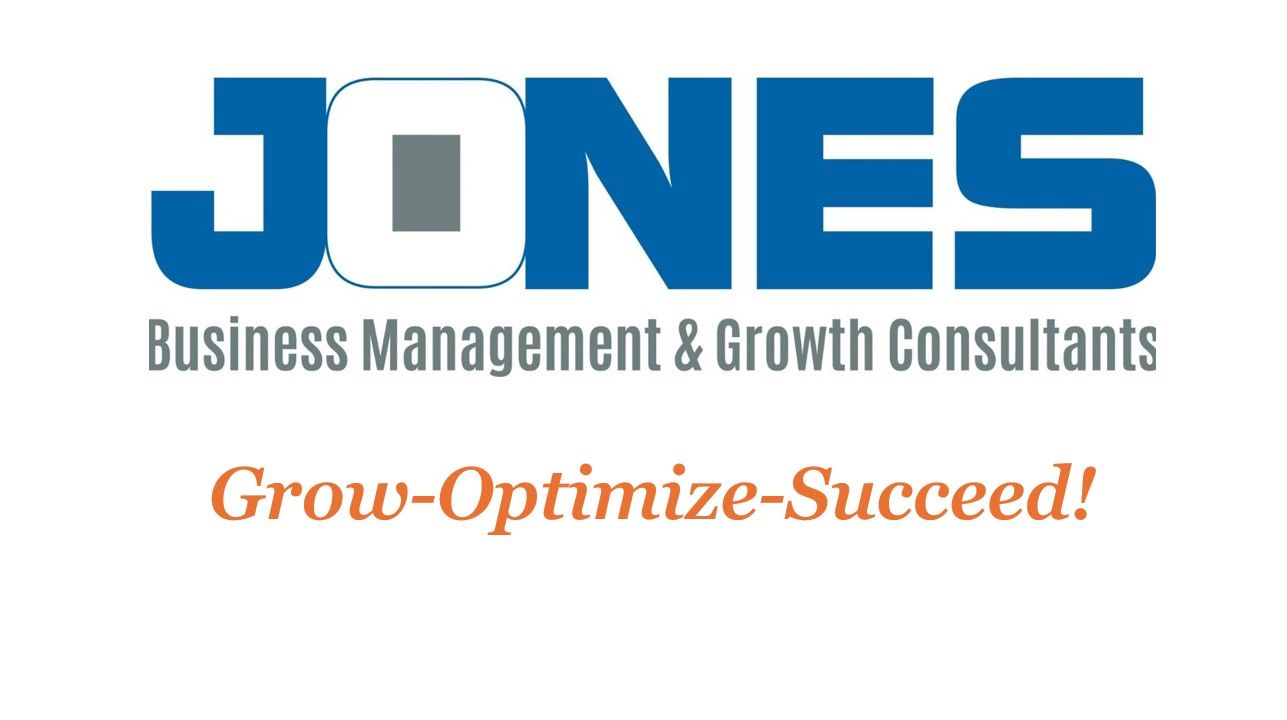How to Expand Without Breaking Your Business
Daniel Jones • October 4, 2025
A step by step plan to scale your landscaping company with profit, not chaos

Expansion should multiply profit, not multiply stress. Here is a clear, practical path to grow without blowing up your cash flow, quality, or sanity.
Before you expand: pass these baseline checks
- Pricing is dialed in: labor burden and overhead are built into your rates and you are hitting healthy margins.
- Systems are working: scheduling, quoting, invoicing, and quality control run without you chasing every detail.
- Consistent demand: you have a waitlist or clear route gaps to fill, not just a slow week you want to fix with a new hire.
- Cash cushion exists: you can cover several weeks of payroll and fuel without relying on next week’s deposits.
Step 1: Get your numbers right
- Calculate true labor burden and overhead recovery.
- Set price floors per service and per crew day so no job goes out under break even.
- Know your daily gross profit target for each crew before adding another.
Step 2: Systemize the work
- Create SOPs and checklists for job prep, production, cleanup, and closeout.
- Standardize your quoting templates so pricing is consistent and fast.
- Use a scheduling tool that supports route density and real time updates.
Step 3: Verify demand and density
- Map current clients to identify clusters.
- Prioritize new clients that tighten routes and reduce drive time.
- Avoid launching a new crew if it lengthens routes or increases windshield time.
Step 4: Plan capacity on paper first
- Model production hours you can sell each week and the hours a new crew can actually produce.
- List the exact equipment set and backups required.
- Identify a float or relief plan for vacations and call outs.
Step 5: Hire for values, train for skill
- Write a role that leads with your values and expectations.
- Use a simple interview scorecard for reliability, attitude, and team fit.
- Onboard with a two week plan that pairs a trainee with a proven lead and uses photo based quality standards.
Step 6: Be smart about equipment
- Delay purchases until the new route can carry the payment with healthy margin.
- Prefer used, reliable equipment to keep cash free early in the ramp.
- Track utilization. If a machine is not productive most days, do not buy a second one.
Step 7: Protect cash flow
- Use deposits, progress billing, or milestone invoicing on larger work.
- Keep a payroll reserve so one slow week does not force bad decisions.
- Watch accounts receivable and enforce clear payment terms.
Step 8: Pilot before you commit
- Test the new capacity for 30 days using overtime, subs, or a temp hire.
- Measure quality, callbacks, and on time completion.
- If the pilot fails the numbers or the quality, fix the model before hiring full time.
Step 9: Track the right KPIs weekly
- Revenue per production hour
- Gross margin by job and by crew
- Route efficiency and drive time
- Callback rate and rework hours
- On time completion and client churn
Step 10: Use go or no go gates
- Require several weeks hitting margin targets and a two to four week waitlist before adding a truck or crew.
- If margins slip for two consecutive weeks after expansion, pause hiring and correct pricing or density.
Common pitfalls to avoid
- Winning a big account with weak pricing then drowning in low margin work
- Hiring warm bodies because you are busy, then living with no shows and rework
- Skipping training because you need production now, then paying for callbacks later
- Expanding routes that add miles instead of stacking jobs tight
- Saying yes to services that do not fit your model or your crews
Your next step
If you want to expand the right way, build the foundation first. Inside my G.Y.S.T. Academy on Skool you will get the pricing calculator, SOP templates, and weekly KPI trackers that make scaling controlled and profitable.
👉 Join the Skool community here and grow with a plan that protects your profit.

Most landscapers track total sales, but sales alone do not tell you if you are winning or losing. You can have a record-breaking revenue month and still come up short on profit. The number that actually tells the truth is revenue per hour — how much your business earns for every production hour you work. Why Revenue per Hour Matters Every business only has so many production hours each week. Those hours are your inventory. When you fill them with low-profit jobs or inefficient routes, you waste your most valuable resource. Revenue per hour measures how efficiently you turn your crew’s time into money. It exposes what your “busy” really earns. What It Reveals Underpriced work : Jobs that seem fine on paper but drag down hourly return. Inefficient routes : Too much windshield time and not enough production. Wasted labor : Crews that take longer than the estimate or lack clear systems. Profit leaks : Jobs that look big in revenue but small in margin. When you track revenue per hour, you start spotting which jobs and services actually make sense — and which ones are quietly draining you. How to Calculate It Take your total revenue for a job, route, or week. Divide it by the total billable production hours your crew worked. The result is your Revenue per Production Hour (RPH) . Compare that to your break-even hourly rate — the amount you need to cover all labor burden, overhead, and profit. If your RPH is not comfortably above that number, the job is not profitable. How to Use It Drop or reprice the lowest RPH clients. Focus your marketing on the most profitable service types. Route for density so drive time does not eat production time. Reward crews that consistently hit higher RPH with efficiency bonuses. This is how smart landscapers grow. They do not just add more clients — they make each hour worth more. Your Next Step If you are ready to stop chasing revenue and start maximizing profit, learn how to track and raise your Revenue per Hour using real numbers. Inside my Pricing Fix Sprint , I teach landscapers how to calculate their break-even rate, identify profit leaks, and make every job count. 👉 Join the Pricing Fix Sprint here and start making every hour work harder for you.









